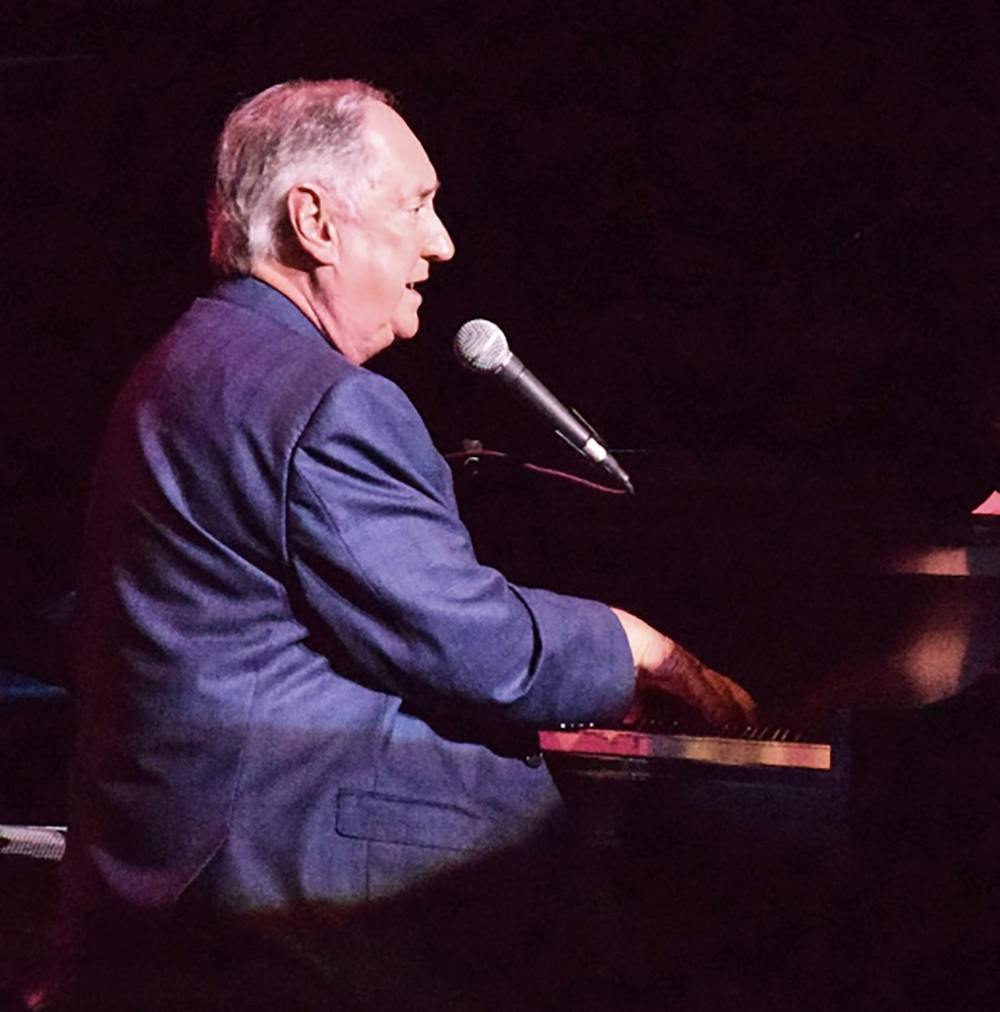If you did not recognize his smile after he walked on stage this Saturday, you might have to open your ears instead to hear the singer who made his mark during the time of great exploration and evolution.
Neil Sedaka came to the stage accompanied by a band of drums, piano, bass and backup vocals. He had his own grand piano to play, but during some songs it was not unusual for him to stand up and shake his hips.
The production of Sedaka’s show was powerful and nostalgic for his fans in attendance. Sedaka received several standing ovations and many fans brought his records for him to sign. Sedaka has a laundry list of hits from his singing and writing career in the 1950s and 1970s.
He began his show at Shippensburg University with his classic hit, “Bad Blood” (1975), a song that is an easily recognizable hit of Sedaka’s with the accompaniment Elton John. Sedaka’s show was littered with references and stories about the music scene back in his heyday. Sedaka has produced, written and sang music in a 30-year career that has attracted thousands of loyal fans who follow him around the country as he tours.
Before the fame and the hit records, Sedaka was trained in classical piano at the Julliard School of Music. He soon began straying from the classical nature of music and started to play rock’n’roll. The beat of the day during this transitional time was Doo-Wop music, which was a style of music that was chased into the 1960s and eventually diminished by the rock’n’roll era. Sedaka has shown a chameleon- like nature to music by evolving and adapting with the cultural changes in music.
During this time, Sedaka met a childhood neighbor, Howard Greenfield, and together they formed a partnership that would result in selling 40 million records from1959-1963.
Connie Francis, an American pop-singer, went on to sing Sedaka and Greenfield’s songs, “Where the Boys Are” (1961) and “Stupid Cupid” (1958). Once she recorded with them, the two gained national recognition. The songs later sold enough to be printed on gold records.
In the mid-1960s, during what was then called the “British Invasion,” Sedaka said it was “hard for most solo artists to continue making their music.” With the introduction of the Beatles, the Who and the hundreds of other bands, the sound of Doo-Wop was fading into the past.
To keep it fresh, Sedaka kept producing music and partnered with countless world-recognized artists, such as Elton John. To popularize himself further to audiences he felt he was losing, he started to branch into the international market, focusing specifically on the United Kingdom. In 1972, Sedaka released the album “Emergence,” which was his first step in defining himself as a solo artist.
Sedaka continues to enjoy music and plays it for those who enjoy hearing his extensive list of songs. The audience this Saturday was itching in anticipation to see the iconic Sedaka smile, come out of the curtains and out onto the stage and perform once more.
In 2007, Sedaka released the “The Definitive Collection,” a complete collection of Sedaka hits and the history of his life and career. Sedaka continues to tour the country, attracting fans from around the world even after a career spanning six decades.
Sedaka’s next show will be at the Fallsview Casino in Niagara Falls, Ontario, on Thursday.


The Slate welcomes thoughtful discussion on all of our stories, but please keep comments civil and on-topic. Read our full guidelines here.